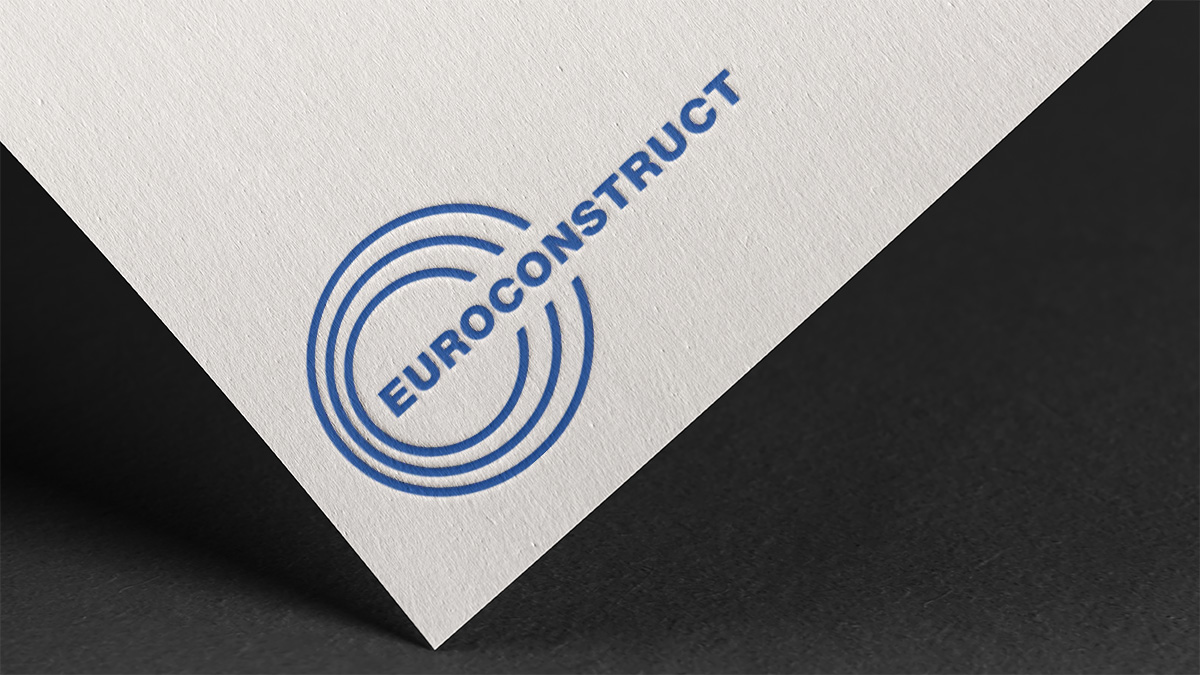
The European construction sector has been watching the progress of the new Construction Products Regulation with a mix of hope and fear. Hope because the EU wants the new Regulation to push forward the ecological transition and the digital transition in the sector. And also fear because such transformations may find plenty of friction in a sector unaccustomed to change. There were doubts as to whether the Regulation would be approved before the European Parliament elections in June 2024, but the provisional agreement reached in December between the Council and the Parliament suggests that the Regulation will finally be given the green light according to schedule, in tandem with the new Ecodesign for Sustainable Products Regulation (ESPR).
ABOUT THE AUTHOR
Josep Ramon Fontana
ITeC
Construction market analyst and ITeC’s representative in Euroconstruct, which is a vantage point from which to observe the rollercoaster movements of the sector.
ABOUT THE AUTHOR
María Bento
ITeC
Expert on construction products certification and ITeC’s representative in the European Organisation for Technical Assessment (EOTA), which is a vantage point from which to observe the ever-growing flux of construction regulations and standards.
An observer outside the construction sector might be surprised by the turmoil created by the arrival of the new Regulation; after all, this market has been governed by a regulation since 2011, which replaced the Products Directive that had been in force since the late 1980s. But the new Regulation is more than just an update of the previous one. It has a real disruptive potential that justifies all the tension built up during its drafting and debate period. Here below we will attempt to answer some questions that may worry different actors in the construction sector:
1) Let us assume that a product manufacturer is completely up to date with its obligations under the 2011 Regulation. Will this company need to do anything extra to comply with the new Regulation?
The current Regulation operates in terms of reciprocity: the manufacturer assumes responsibility for the safety and performance of its product, and the EU gives back legal permission to sell it throughout its economic space. The new Regulation preserves this spirit, but now the EU asks the manufacturer to take also responsibility for the environmental impact of its product, in the same way as until now it was accountable for its structural resistance, fire reaction, thermal or acoustic insulation.
Consequently, the adaptation effort will be large or small depending on whether or not the manufacturer has already measured the environmental footprint of its product portfolio, and how accurately has done so. Considering that the EU authorities have not yet defined in full detail the calculation methods for environmental footprint for whole buildings, they are not yet in a position to make strong demands and to put strict deadlines to product manufacturers regarding CE marking under the new Regulation.
2) With the current Regulation, reusing a construction product was very complex, if not nearly impossible. Will reusers have an easier time with the new Regulation?
Yes and no. In principle, products recovered from construction sites will be now considered a legally viable alternative. This is clearly a step forward with respect to the old Regulation, drafted under the assumption that all products consumed on a construction site come from a factory and therefore there is a traceable manufacturer that has assumed the corresponding responsibility.
That said, the Regulation drafts available at this time indicate that reused materials will be covered by the new Regulation in an identical manner to materials coming from a factory. In other words, they must comply with the same obligations and their competitive advantage will be concentrated in their smaller environmental backpack.
3) The old Regulation did not impose obligations on designers. On the contrary, it helped them by adding transparency to the product offering, putting the spotlight on product performance and ensuring the responsibility of manufacturers. Is this still the case with the new Regulation?
Yes, but it will also cause side effects. The old Regulation was an instrument to encourage choosing construction products that made the building safer; the new one also wants to make the building more sustainable. In practice, this means that if previously the designer took decisions based on the classic matrix of structural, insulating or safety features, now the designer must work with a larger matrix, with extra parameters such as emissions, waste or embedded energy.
Managing all this data flow will not be trivial, but the new Digital Product Passports will make it easier allowing for project designers and managers to process digitally the information of the products they have chosen. But even with the help of digital tools, we must expect that all this will increase the workload for architectural firms. It may even contribute to the consolidation of a new professional specialist. Therefore, in the same way that in large architectural practices there are specialists who concentrate on structural design, on mechanical engineering or landscape design, the presence of an environmental expert will probably become common. Or it may be one of the skills that small firms will outsource to a specialist.
4) The new Regulation moves the goalposts for all those actors with a technical role in the construction process. Should an investor or financier, with just an economic role, be concerned about the new Regulation?
There is no point in trying to ignore the elephant in the room, so let us begin by stating that the new Regulation may trigger an increase in the cost of drafting projects. Since it requires that each construction product to be marketed with its environmental impact matrix, the Regulation is a preliminary step prior for future building codes requiring that each project must also have its own environmental impact tally. Calculating this footprint will add some cost to the process, no matter how ‘smart’ the new DoP (Declaration of Performance) and the new Passports are. It is possible to imagine that, in the same way that currently a developer (private or public) may ask the designer to rethink the project in order to adjust the economic costs, there will be promoters who start pushing the architectural firms to adjust the sustainability factor.
But in exchange for this effort, the rewards are tempting. The new Construction Products Regulation may contribute to turn construction into a greener and more digital industry, making it more attractive for investment. Particularly with socially responsible investment quickly gaining traction and with ESG (Environmental, Social and Governance) criteria no longer an anecdotal phenomenon. Euroconstruct will monitor this process, see how the market reacts and whether all these ambitious objectives end up being met.
ABOUT THE AUTHOR
Josep Ramon Fontana
ITeC
Construction market analyst and ITeC’s representative in Euroconstruct, which is a vantage point from which to observe the rollercoaster movements of the sector.
ABOUT THE AUTHOR
María Bento
ITeC
Expert on construction products certification and ITeC’s representative in the European Organisation for Technical Assessment (EOTA), which is a vantage point from which to observe the ever-growing flux of construction regulations and standards.
